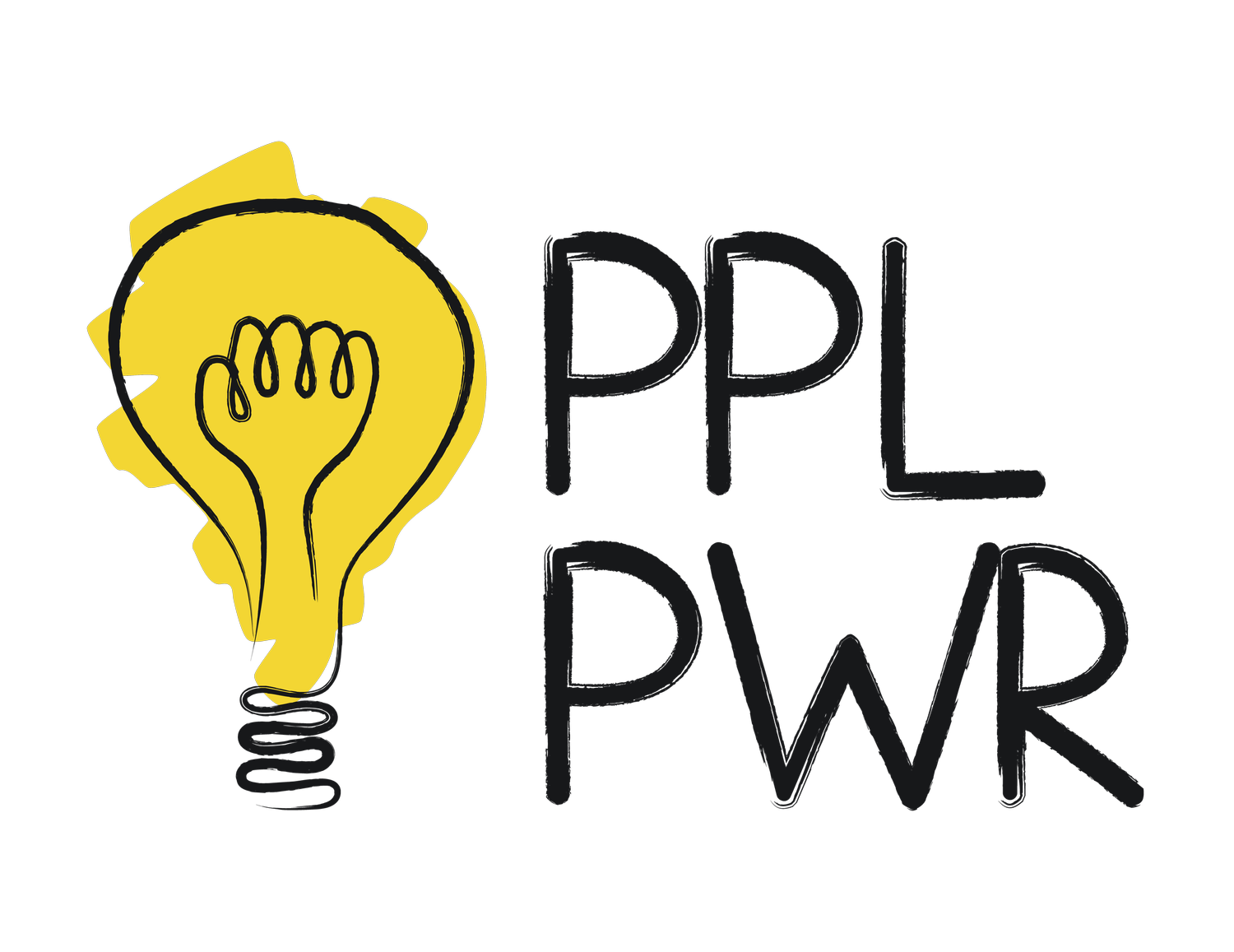How Reusing Space Benefits the Planet
Climate change is a vast, abstract challenge, difficult to grasp in all its complexity. Its impacts, however, are becoming visible through events such as heavy rainfall, heat waves, droughts, hurricanes or sea level rise across the world. With 54% of the world’s population residing in urban areas (World Bank), there is an urgent need to mitigate contributions to greenhouse gas emissions in order to keep global warming below 1.5 °C (Paris Climate Accord), and to adapt to the adverse impacts that are irreversible. Thereby one approach is to harness the potential of underused, derelict or (partly) vacant space. Such schemes can be temporary pop-ups to permanent installations with multiple uses that activate a space 24/7. Some examples of how space can be reused beneficially include producing renewable energy, collecting rainwater in a rain garden, growing food locally and integrating greenery into the built environment for cooling and catchment. Such projects can foster the local economy and community resilience. Though,, naturally, the use or uses a space is put to depends on topographic, cultural, socioeconomic and climatic context, it is useful to look for inspiration in specific projects. Hence the following lists four such projects currently running in London, UK.
Energy Gardens
- http://energygarden.org.ukAn initiative that enables communities across London to harness unloved space of Overground stations to grow produce and generate renewable energy. The practice has additional effects such as education and employment opportunities, some natural beauty in the city as well as better air quality. The project started in 2017 and will continue for the next 2 years. It spreads as locals nominate their stations and community groups volunteer to take care of their site.+ helps to cut food mileage, renewable energy replaces fossil fuels
Peckham levels
- https://www.peckhamlevels.orgThis project transformed a derelict town centre carpark in Peckham, South London into a grassroots space for creatives and local makers to work, meet, present and interact.. The space opened December 2017 and will remain on site for the next 6 years. + fosters local economy, saves construction costs of new-built
The Lost Effra project
- http://www.wildlondon.org.uk/lost-effraEffra is the name of a former river stretching across Lambeth in South London. A programme run by the London Wildlife Trust introduces sustainable water management along the route by, for example, de-paving areas, planting rain gardens or green roofs. + permeable surfaces catch rainfall, prevents flooding, green areas provide cooling micro-climate.
Blackfriars Solar Bridge
- https://www.power-technology.com/projects/blackfriars-station-solar-bridge/Where is the largest solar array in London? Right over the Thames river, in the heart of the city. The Blackfriars bridge is not only host to the underground and other rail lines, but to 4,400 PV panels! The energy production meets around half of the station’s energy demand. You can get a good view of it from the 10th floor of the New Tate Modern viewing platform. + renewable energy replaces fossil fuels
What is your favourite? Have you heard of any others? Or are there similar ones running in your city?
London really is this living laboratory where one finds many promising approaches. In fact, cities worldwide unite in large organisations such as C40, 100 Resilient Cities or Eurocities to share best-practice and exchange experience on how to create more sustainable urban areas. Experimenting with different solutions, learning from the practices and sharing those insights with others are tools that incrementally progress the mission to realign human existence with the carrying capacity of Planet Earth.




